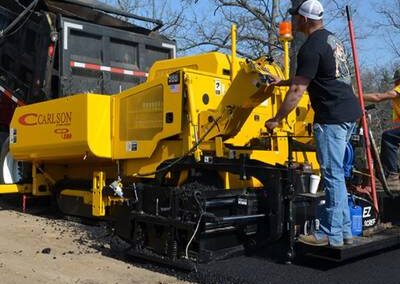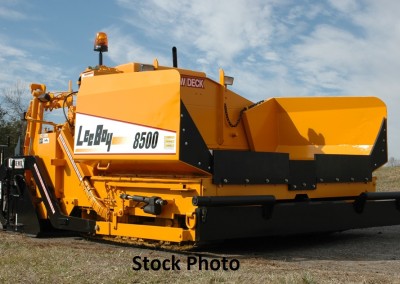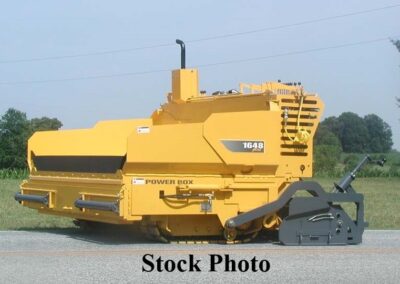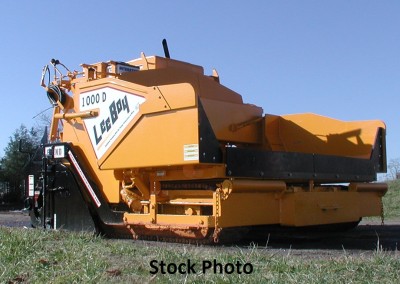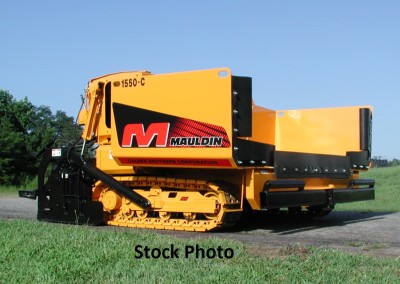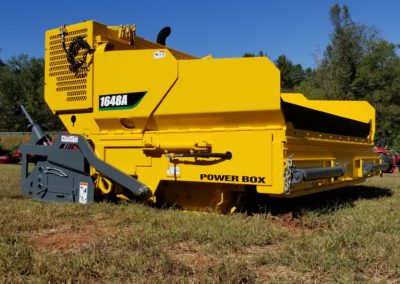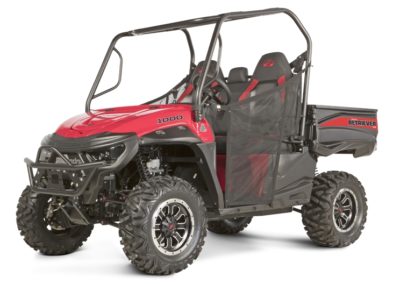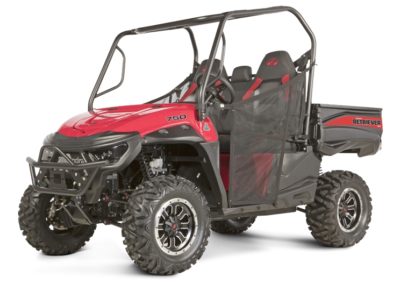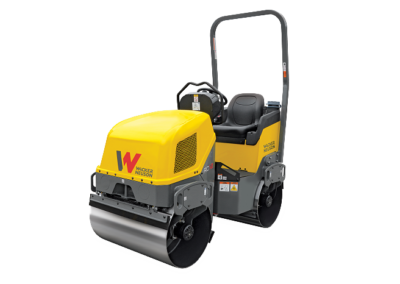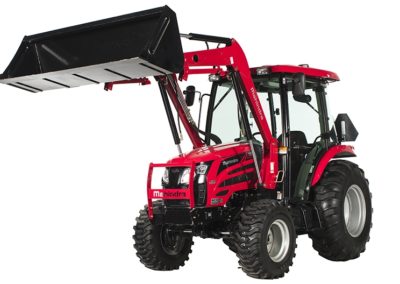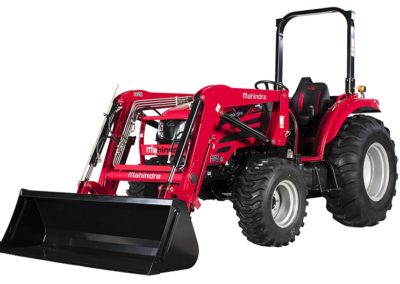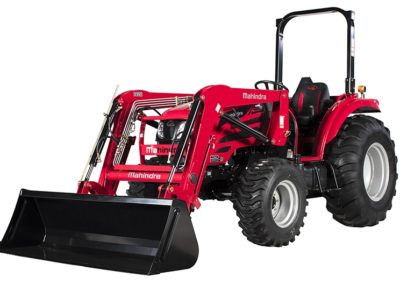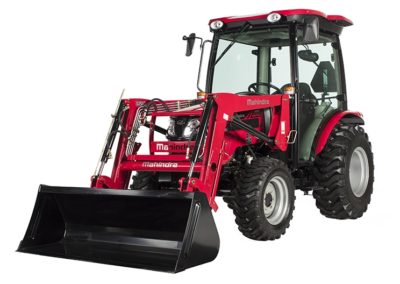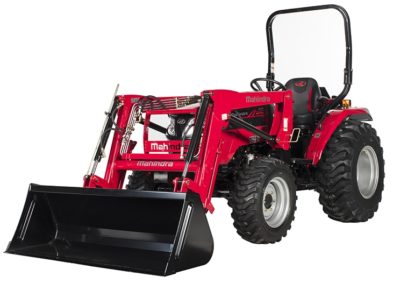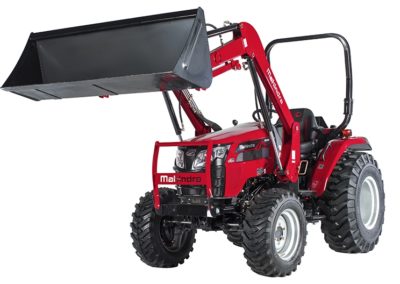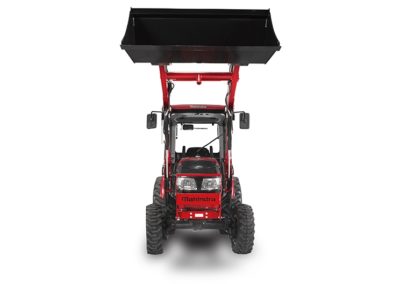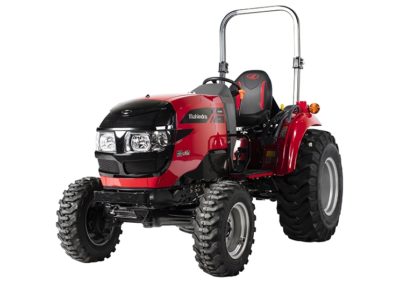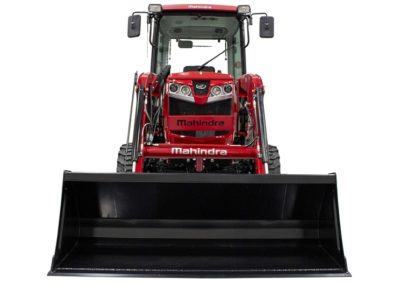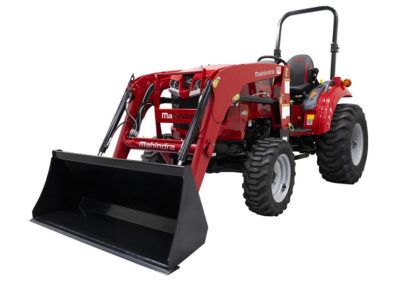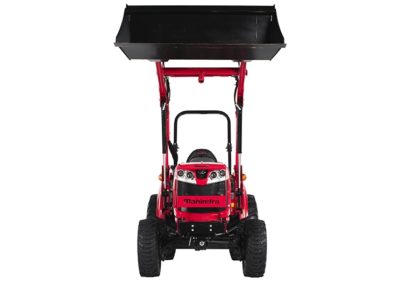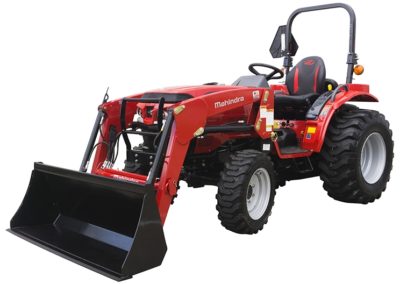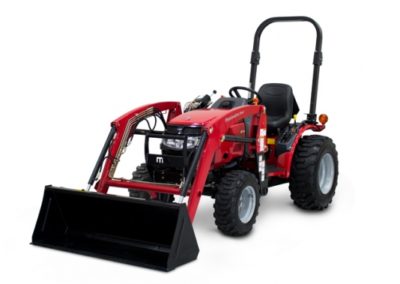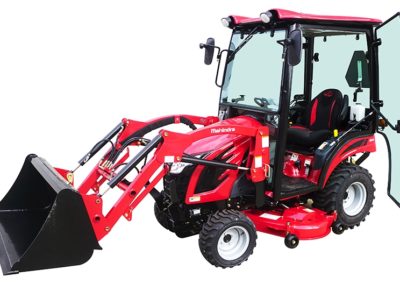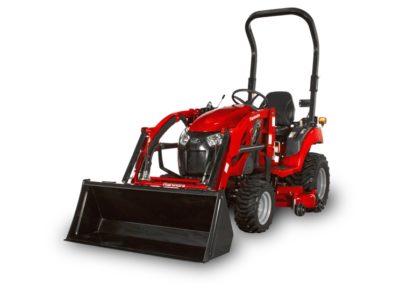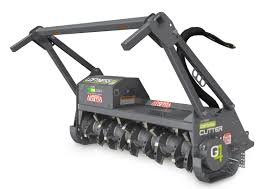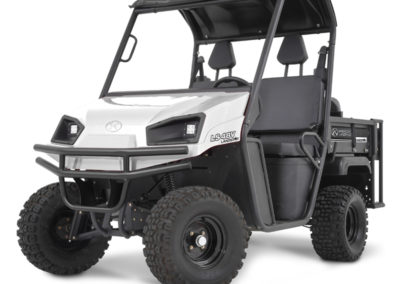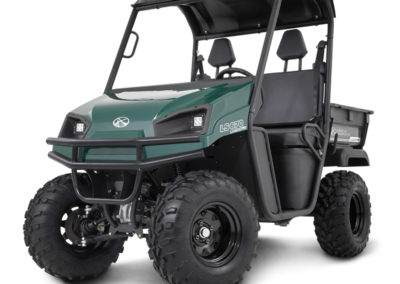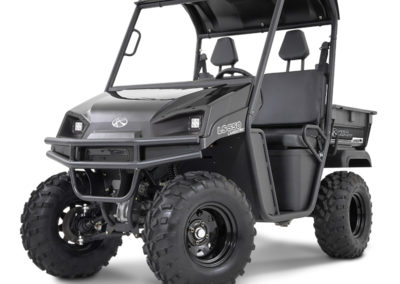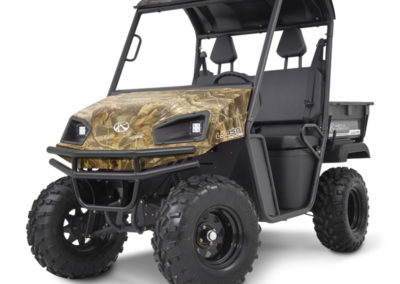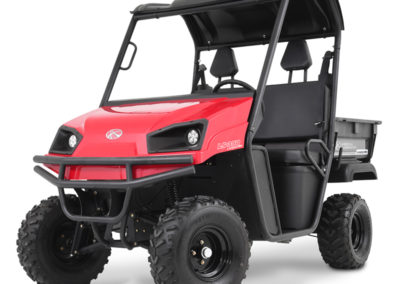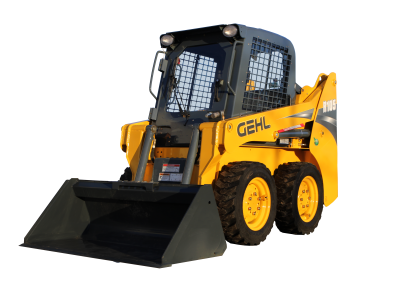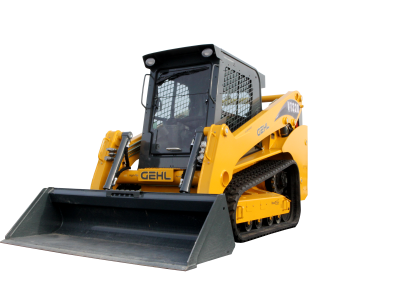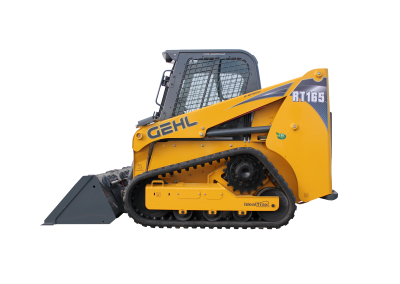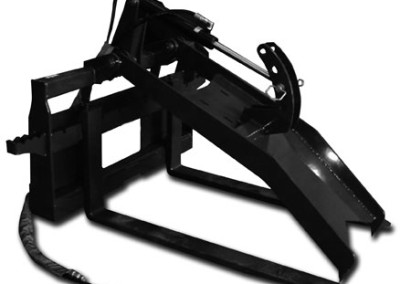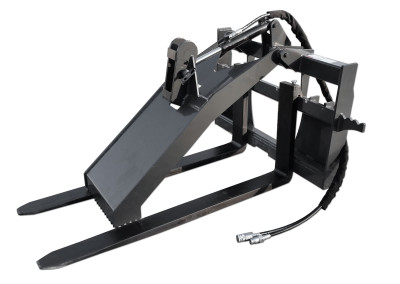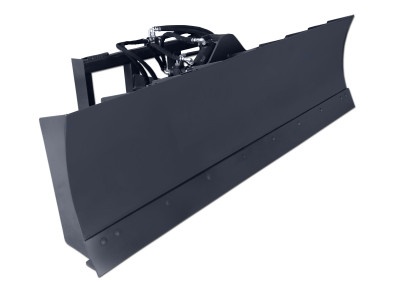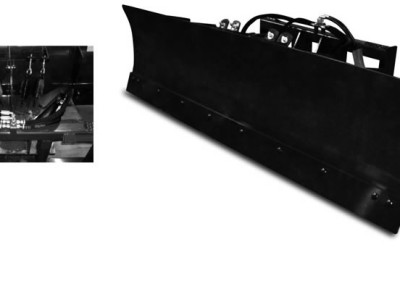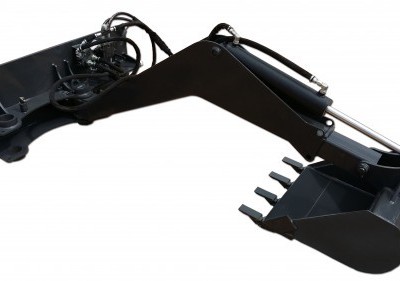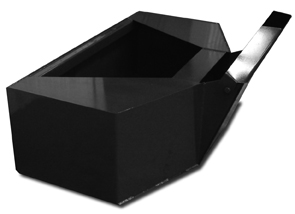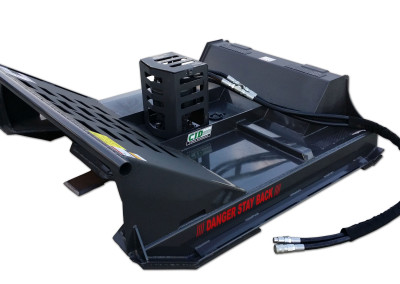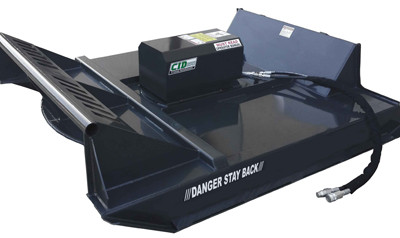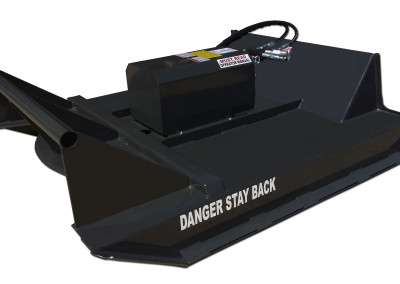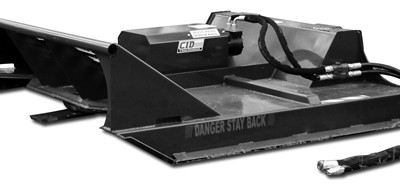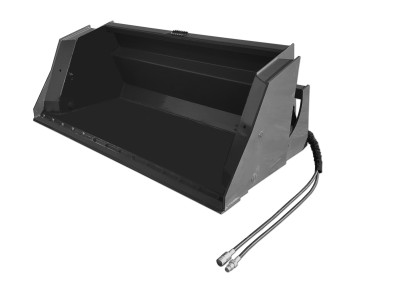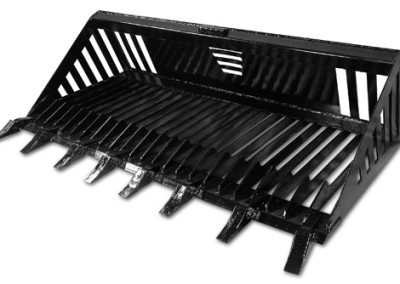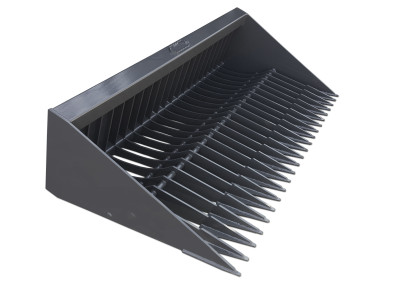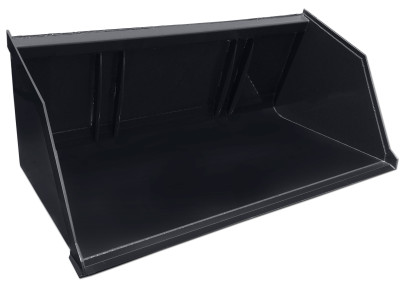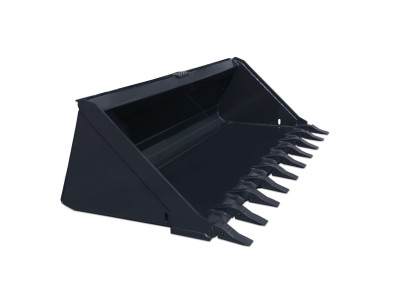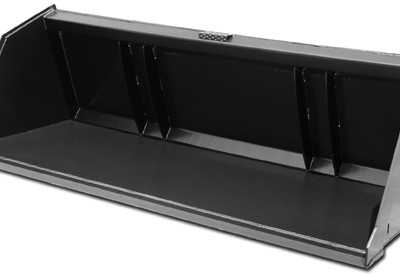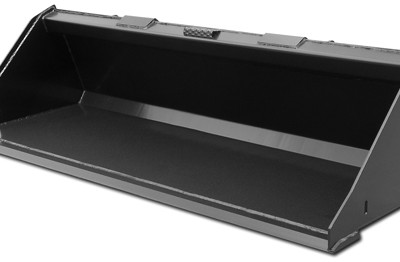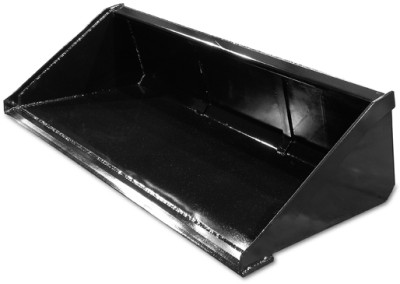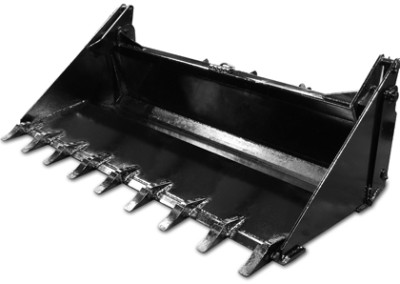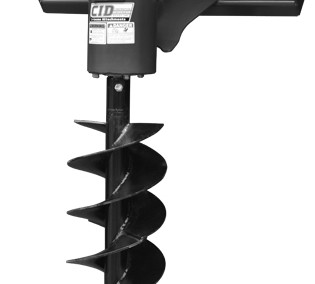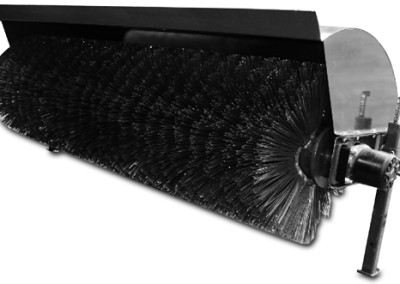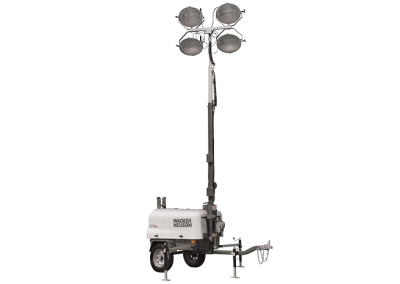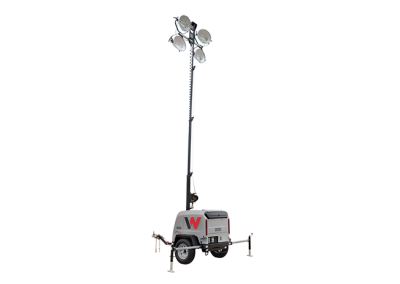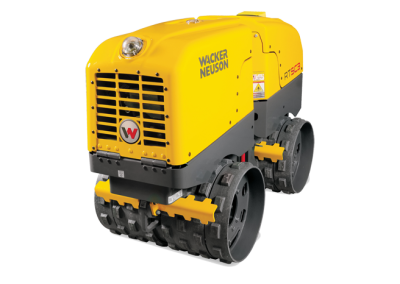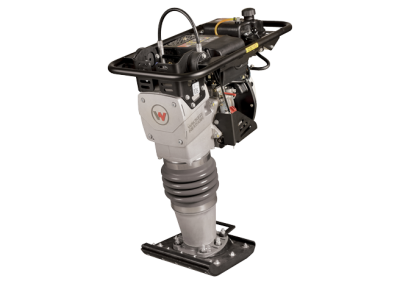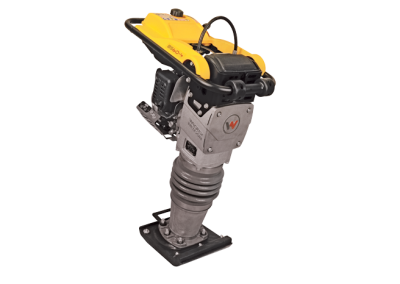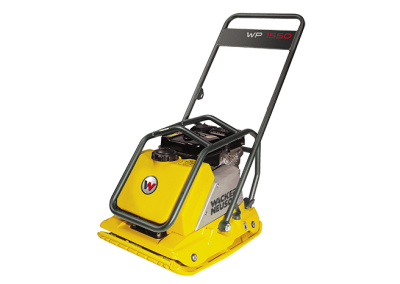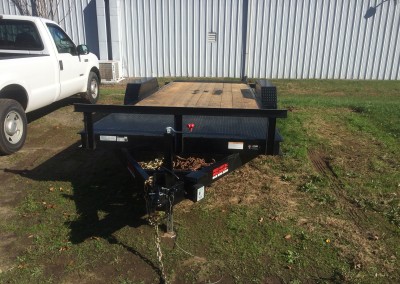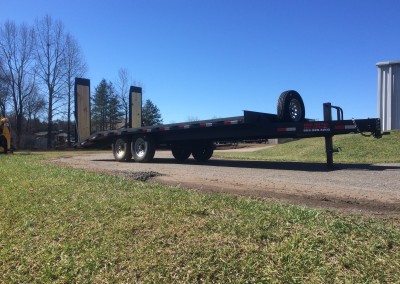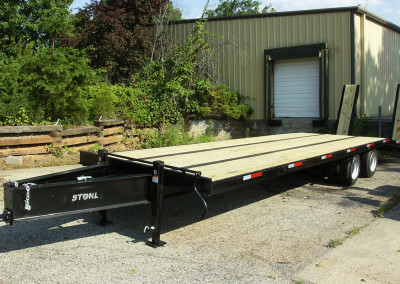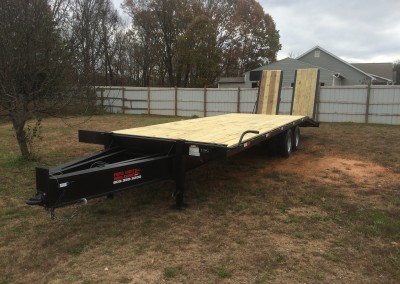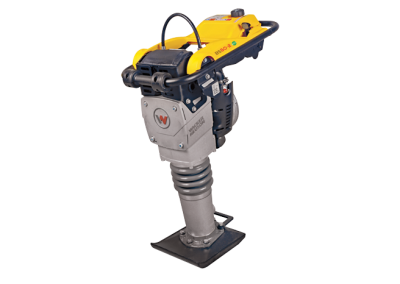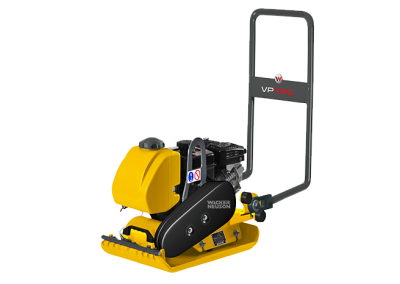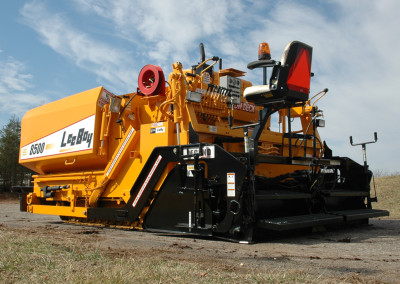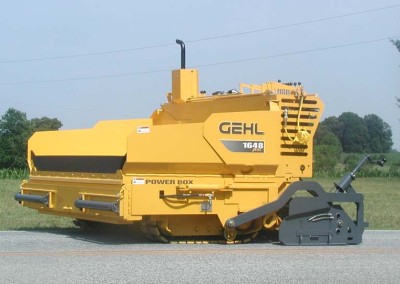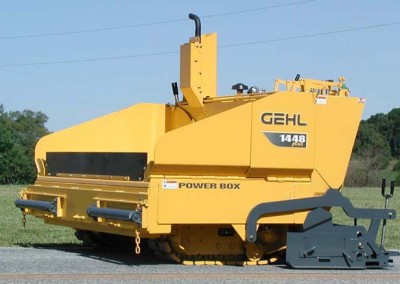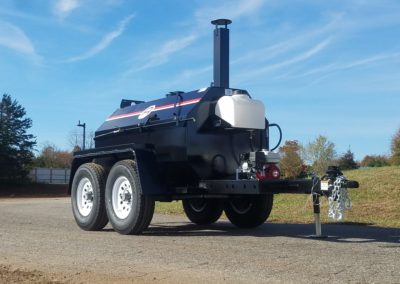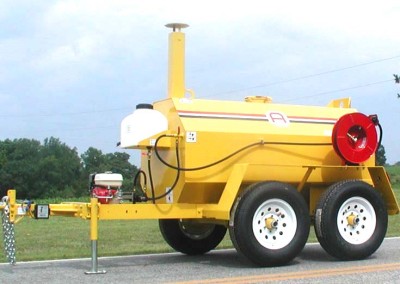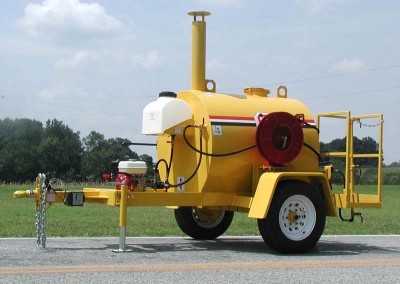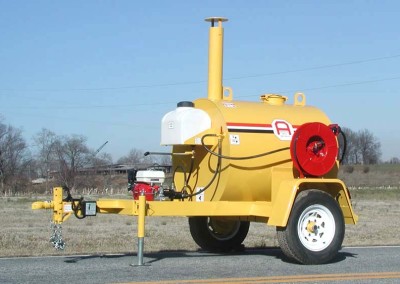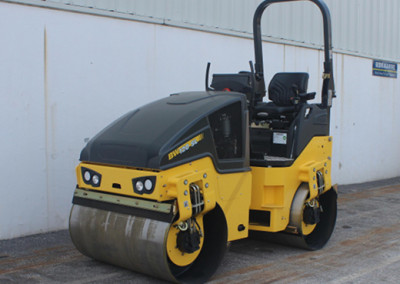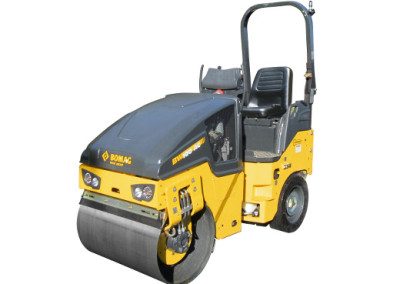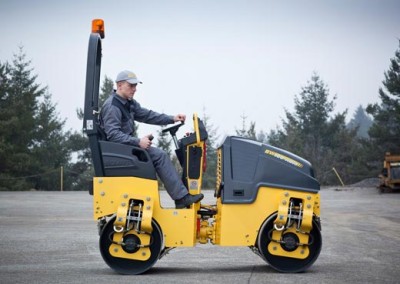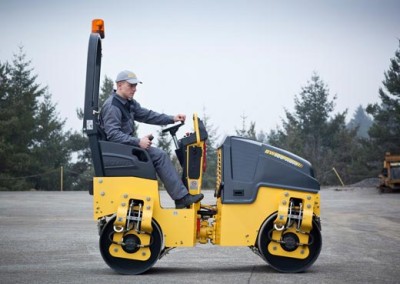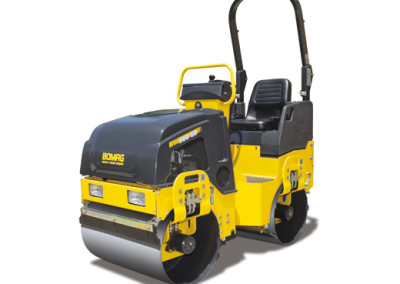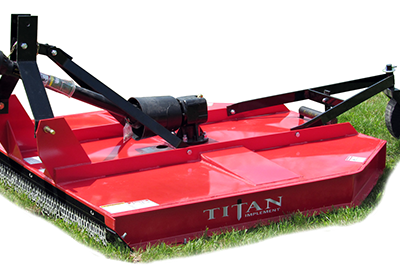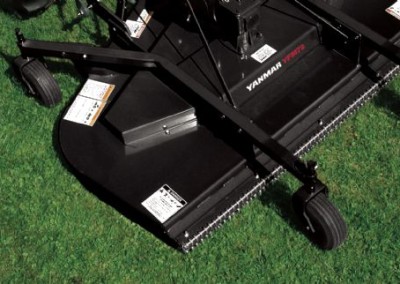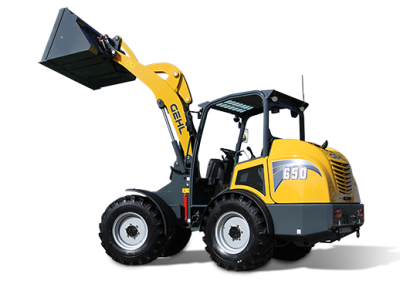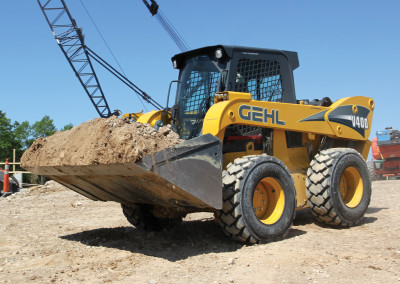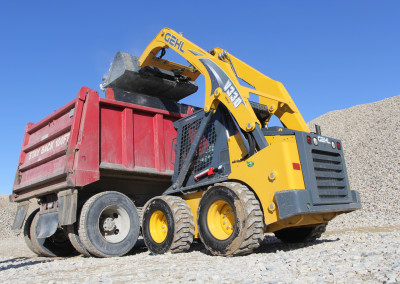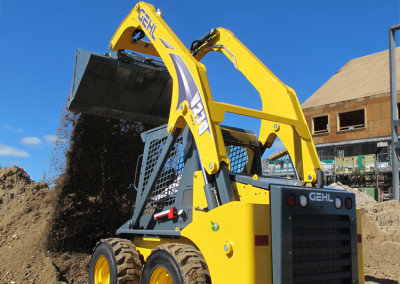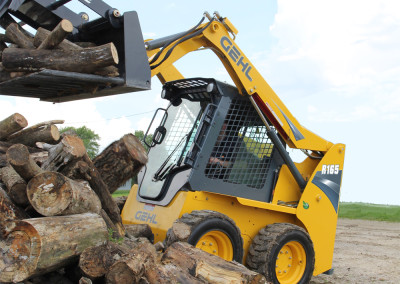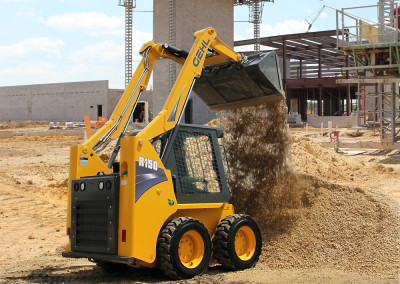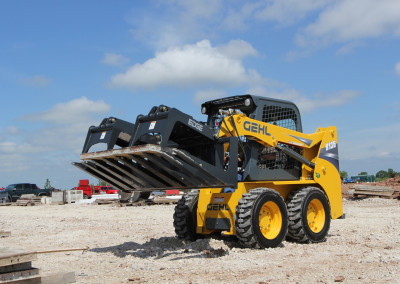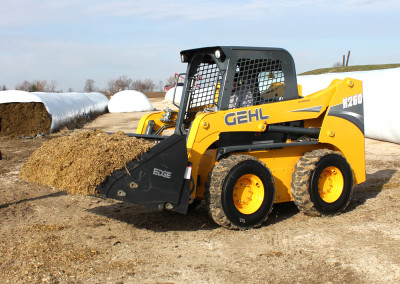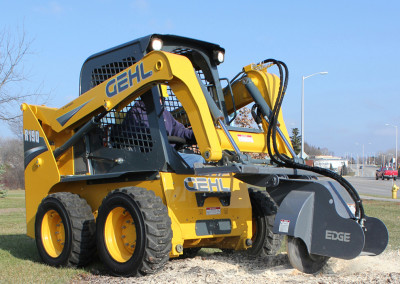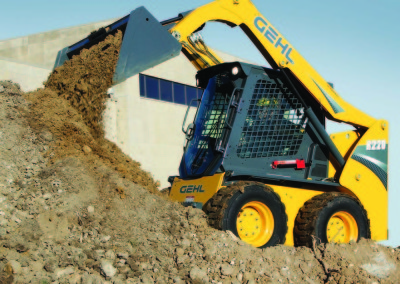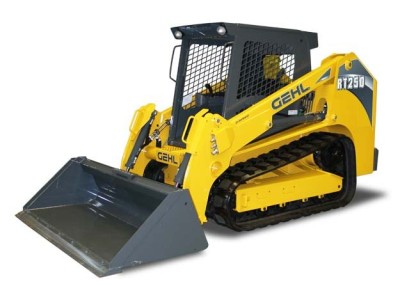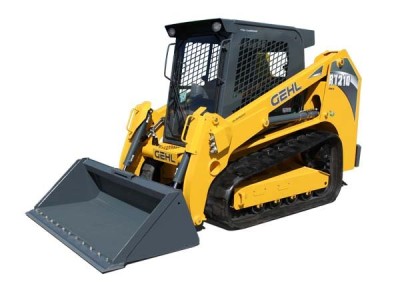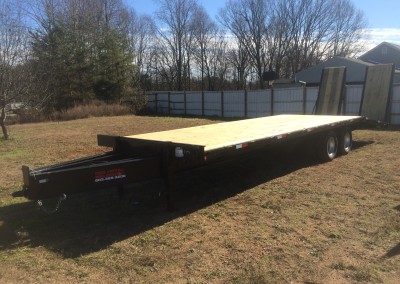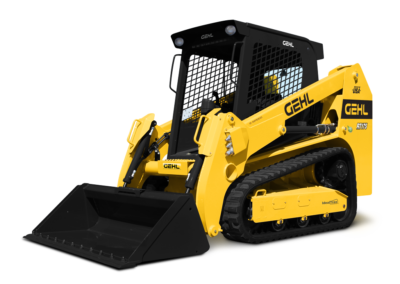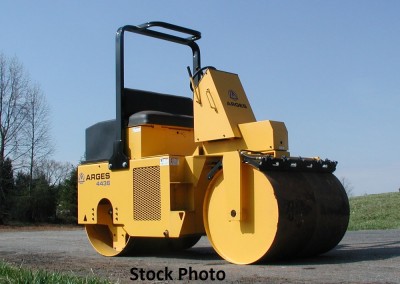Yanmar Implements
current modelsComing Soon
Like Any Equipment You See?
What do pavers do?
A paver (paver finisher, asphalt finisher) is an engineering vehicle used to lay asphalt on roadways. It is normally fed by a dump truck. A roller is then used to press the hot asphalt mix, resulting a smooth, even surface.
I. There are two basic types of asphalt pavers in the small paver category:
A. Gravity feed or “Dump” pavers. On these pavers the hopper lifts to allow asphalt to fall back and in front of the screed. The gravity feed type pavers cost less than conveyor machines. Production is generally 25 % more with conveyor pavers than with the gravity pavers. Job site maintenance costs are lower with gravity fed/dump pavers because there
obviously is no conveyor system to maintain.
B. Conveyor or “Flight Chain” pavers. Conveyors carry asphalt back to the screed. The
conveyor type pavers cost more than the gravity fed pavers. Production is higher than with gravity pavers and maintenance costs are usually higher.
II. There are two distinct propulsion drive systems, wheel or tire and track drive:
A. Wheel or Tire driven pavers. This type of drive is more sensitive to unstable base conditions, such as sandy or soft bases. Some geographic areas presenting this problem are FL, Long Island, parts of MI, eastern shore of NJ and CT, coastal areas, etc. The original cost to purchase, as well as to operate and maintain is less. Pneumatic tires are now foam filled (never get a flat). Some wheel drive pavers are equipped with hard rubber-solid tires. All wheel pavers work equally as well as track pavers on hard base and they work even better than track drives on over-lay work because they run smoother, use less power to operate and, thus, can pave faster.
B. Track drive pavers. This type of drive presents a larger “foot-print” to distribute the weight so the operation is much less effected by sandy or soft bases. Track drive pavers cost more to purchase, operate and maintain. There are two type of track drives:
1. Friction Drive – utilizes a solid forklift type tire running inside a steel track. This type
runs smoother, faster and costs less to manufacture, but can slip if the tracks are loose, the wheel diameter wears down, and/or water/diesel fuel /oil, etc. gets on the inside of the track.
2. Sprocket Drive – utilizes a steel sprocket that pulls against a chain to which track
shoes are welded. This system, while costing more to manufacture, usually runs with more “bounce” and costs more to maintain. It provides a non-slip drive.
III. Screed. This portion of the asphalt paver levels, spreads and pre-compacts the asphalt. Screeds on all small, self-propelled pavers are full floating screeds and have a crown adjustment at the center of the screed. Screed may be vibratory (this satisfies DOT and other specification writers) and does help, somewhat, to slick off the surface of the asphalt as it is being laid. Most pavers are available with screed heating systems. There are three basic ways to heat a screed:
A. Propane system.
B. Diesel system.
C. Exhaust heated system. A flex-pipe running from the engine exhaust to the screed.

